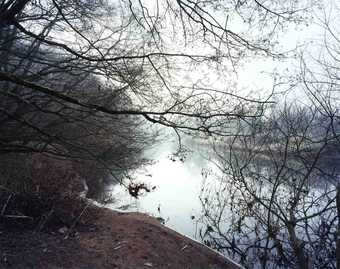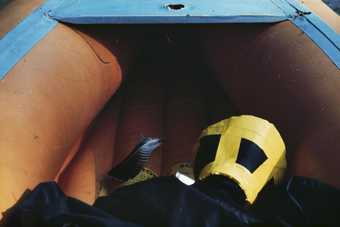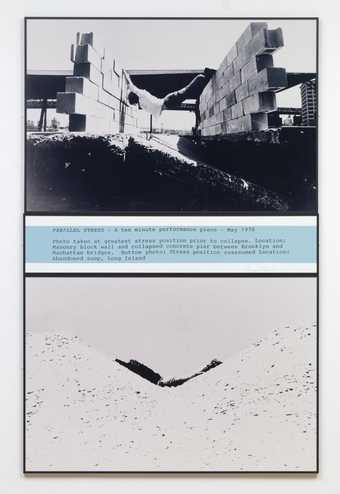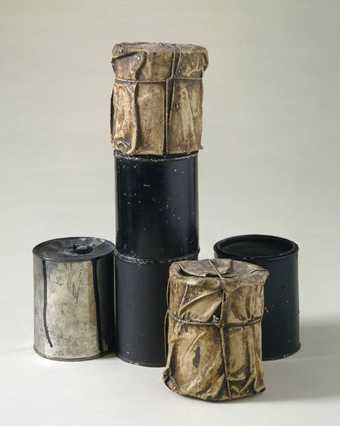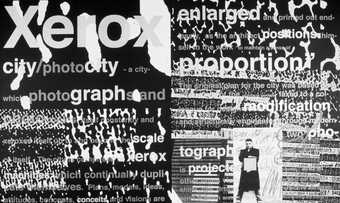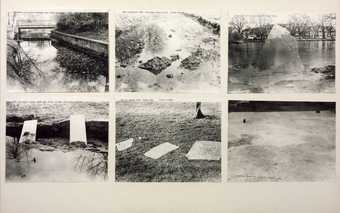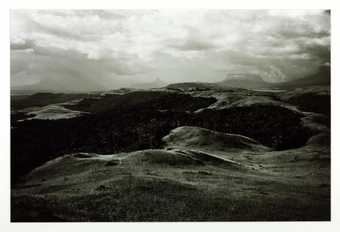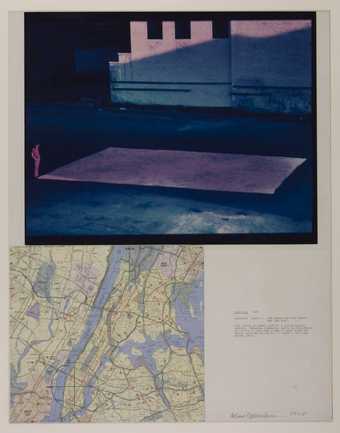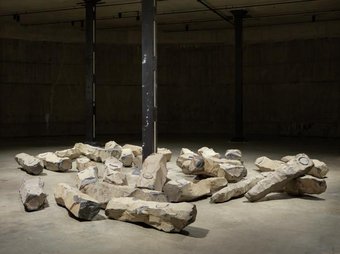
Joseph Beuys
The End of the Twentieth Century
(1983–5)
Tate
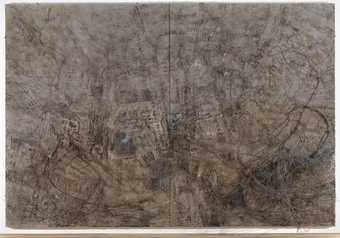
Anselm Kiefer
Lilith
(1987–9)
Tate
Environmental art often takes the form of installation. The term came into use in the late 1960s and is often closely related to land art.
Does this text contain inaccurate information or language that you feel we should improve or change? We would like to hear from you.

